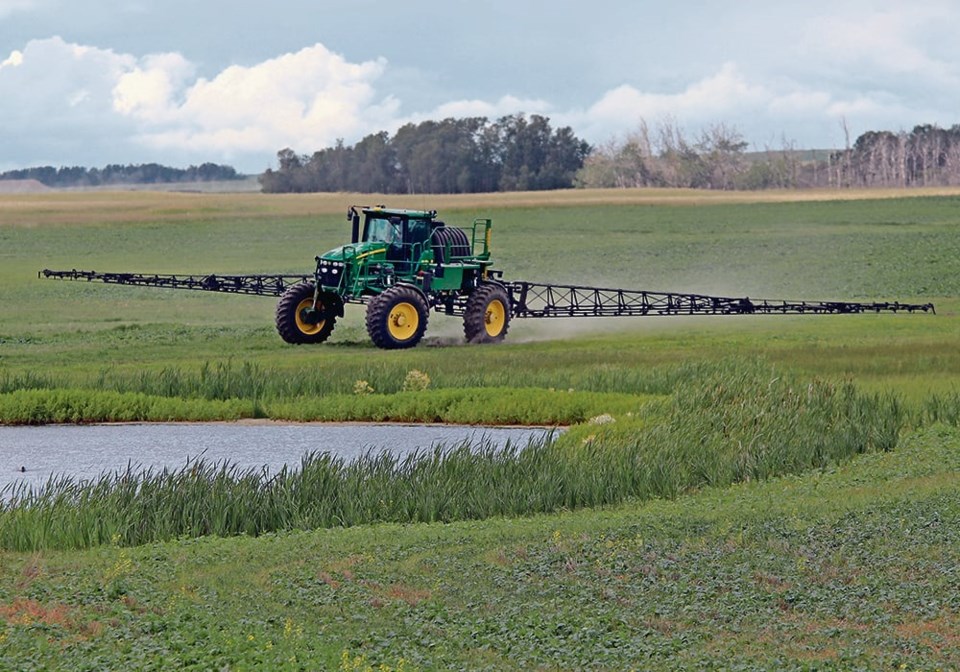SASKATOON – Many producers , which interfered with field operations. The interruption, which was caused by intense solar flare activity, created widespread outages across most of North America.
It may not be the only GPS interruption producers can expect this growing season.
The U.S. National Oceanographic and Atmospheric Administration (NOAA) tracks and forecasts the kind of solar activity that disrupts radio and communication signals, and it sees more trouble ahead through the summer. Solar activity follows a cycle, peaking every 11 years. The current cycle, No. 25, is expected to be more intense than originally predicted.
“A revised prediction concludes that solar activity during Solar Cycle 25 will increase more quickly and peak at a higher level than that predicted by an expert panel in December 2019,” says NOAA’s Space Weather Prediction Center.
“The updated prediction now calls for Solar Cycle 25 to peak between January and October of 2024.”
Sudden outbursts of electromagnetic energy from the sun that cause communication disruptions on Earth are classified from R1 (minor) to R5 (extreme). NOAA’s most recent forecast at the time of writing was for an R3 (strong) event May 29.
“We have the Ionosphere layer in space, which is naturally charged, but usually it’s like flat, evenly distributed,” says Maximillion Hiltmair, strategic marketing manager at Trimble.
“You can think about it like an ocean. When it’s quiet, it’s evenly distributed. But when you have these explosions from the sun, which causes these massive eruptions, this layer varies. The density gets higher. You have spots with high density and spots with low density.”
“This particular (early May) storm was, I think, the strongest in 20 years,” says HIltmair.
“It’s a very rare event and it was very big. It was very, very intense.”
He says newer guidance receivers that receive signals from all of the existing GNSS satellite constellations may be better at maintaining service during solar flare activity than older models that only recognize GPS and Glonass. There are currently four constellations: GPS, Glonass, Galileo and the Chinese BeiDou.
“The older receivers only support two of the constellations, which is GPS and Glonass,” says Hiltmair.
“Also they’re only able to handle two frequencies. When we started, this was great for the time С����Ƶ. But now with recent advancements of newer constellations, there’s much more advancement out in space. And they’re using multiple frequencies now, three at least. So you have much more redundancy.
Dual Constellation receivers that only receive signals from GPS and Glonass may be the most vulnerable to disruptions, according to Trimble. Information from the company notes that with only GPS and Glonass, a machine will receive signals from 14 satellites on average. When capable of receiving signals from all constellations, that number increases to 27.
Being able to accept signals from more satellites could potentially mitigate temporary disruptions in service due to solar activity. It also improves guidance performance overall.
“This is something we at Trimble see has significant performance impacts during these (solar) events,” Hiltmair says.
“It helps your receiver to better perform during times of these ionospheric storms. If you have an old constellation receiver and an old RTK base with just GPS and Glonass, you’re losing half or less than half the potential of the receiver. You need to make sure you get corrections for all of these frequencies to make the best positioning on the ground.”
NOAA’s space weather forecasts are posted online at .




